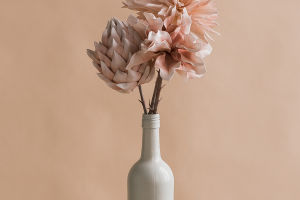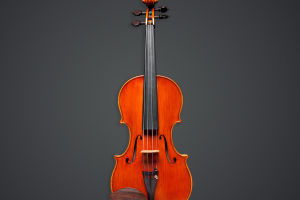Flower arranging is an ancient yet contemporary art that captivates with its blend of natural beauty and human creativity, resulting in a unique visual experience.
It is not merely about the random placement of flowers but involves the clever use of materials, containers, and space to express a harmonious artistic vision.
This article explores the history, techniques, and modern applications of flower arranging.
1. History
The art of flower arranging has its roots in ancient times, particularly in Japan. Known as "Ikebana," this practice dates back to the 6th century.
Initially, Ikebana was a distinct artistic style emphasizing spatial utilization and careful flower selection. Japanese flower arranging focuses on the beauty of "lines," often conveying profound emotions through simple compositions.
2. Basic Techniques
The key to successful flower arranging lies in the selection of materials, design of shapes, and understanding of space. First, when choosing flower materials, one should consider their color, shape, and texture.
Common choices include roses, lilies, and carnations, often paired with green leaves and branches to create depth. Additionally, selecting an appropriate container is crucial; the container's shape and color should complement the flowers to enhance the overall aesthetic.
Composition is an important technique in flower arranging. Typically, one can employ various compositional styles, including symmetrical, asymmetrical, or unilateral arrangements. Symmetrical compositions convey a sense of stability and harmony, while asymmetrical designs offer a more dynamic and modern feel.
When arranging flowers, it's essential to adjust the height and angle of the materials to create a cohesive visual flow in the space. Furthermore, the art of leaving blank space can add layers and breathing room to the arrangement.
3. Applications in Modern Life
In contemporary society, flower arranging is not just a decorative art but also a lifestyle choice.
In home environments, flower arrangements can enhance warmth and vivacity, making spaces more lively. By selecting different styles of flowers and containers, one can adapt arrangements according to the season and mood, providing diverse visual enjoyment.
In workplaces, flower arranging has become an essential means of enhancing the quality of the environment. Research shows that flowers can significantly improve people's moods and boost productivity. Placing suitable floral arrangements in offices or meeting rooms can foster a relaxed and enjoyable work atmosphere.
Moreover, flower arranging serves as a therapeutic activity. Numerous psychological studies indicate that engaging in flower arranging can help alleviate stress and improve focus. By creating arrangements, individuals can momentarily escape the busyness of life and immerse themselves in the joy of creativity, relishing the time spent in close contact with nature.
In conclusion, flower arranging is a highly integrative art form that tightly weaves aesthetics, creativity, and daily life, conveying the harmonious relationship between humanity and nature. Whether in homes, offices, or personal routines, flower arranging can infuse our spaces with vitality and energy. Through continuous exploration and practice, we can better master the techniques of flower arranging and enjoy the inspiration and joy that this art form brings.


